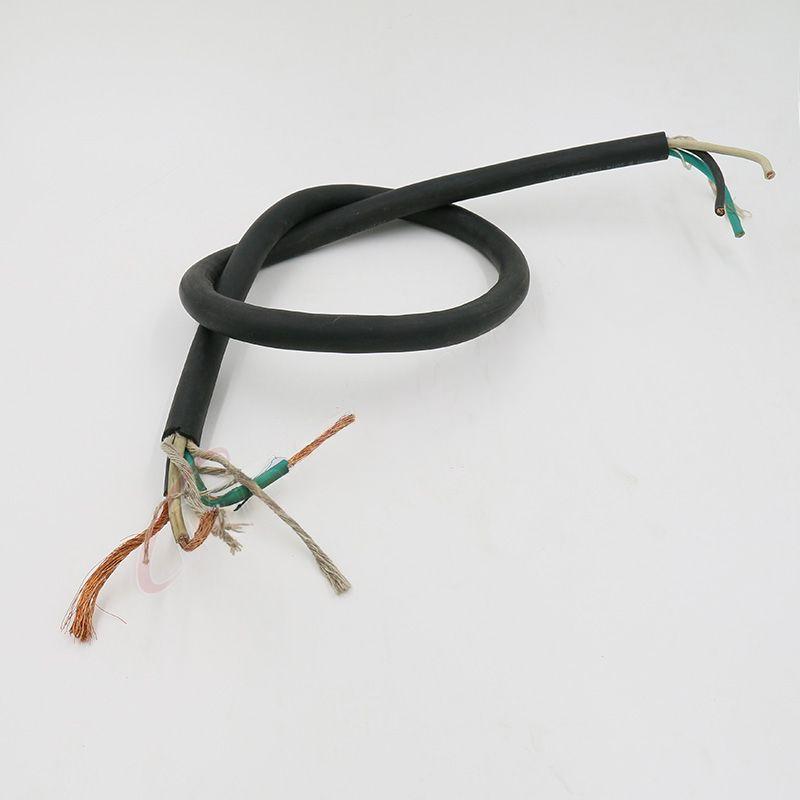10 月 . 19, 2024 23:16 Back to list
butterfly valve flange end
Understanding Butterfly Valve Flange End A Comprehensive Overview
Butterfly valves play a crucial role in various industrial applications, primarily due to their simplicity and efficiency in regulating flow. Among the different types of butterfly valves, those with a flange end are particularly significant for ease of installation and secure connections. This article will delve into the intricacies of butterfly valve flange ends, highlighting their design, advantages, applications, and maintenance considerations.
What is a Butterfly Valve?
A butterfly valve is a type of quarter-turn valve that uses a circular disc, or butterfly, positioned in the center of the pipe to control flow. When the valve is closed, the disc obstructs the flow path, and when opened, it aligns with the flow direction, allowing fluid to pass with minimal resistance. The operational simplicity makes butterfly valves ideal for on/off control as well as throttling applications.
Flange End Design
Flange end butterfly valves feature flanged ends that provide a secure and robust means of connection to the piping system. This design includes a flat rim or flange that extends outward from the valve body, allowing for easy connection using bolts or screws. Flange ends come in various specifications, including ANSI, DIN, and JIS standards, which dictate the size, shape, and bolt hole pattern of the flange.
The versatility in flange design is a significant consideration, as it allows for compatibility with various piping materials and sizes. The selection of flanges can impact the overall performance and integrity of the valve connection, making it essential to choose the appropriate type based on the specific application.
Advantages of Butterfly Valve Flange Ends
1. Ease of Installation Flange end butterfly valves can be easily installed between two flanges, which helps minimize installation time and labor costs. They do not require extensive modifications to existing piping systems.
2. Secure Connection The bolted flange connection ensures a tight seal and prevents leaks, which is crucial in high-pressure applications. This capability enhances the overall reliability of the system.
3. Space Efficiency Compared to other valve types, such as gate or globe valves, butterfly valves take up less space due to their slim profile. Flange end designs further streamline installation in tight spaces.
4. Versatility Flange end butterfly valves are suitable for various applications, including water treatment, chemical processing, HVAC systems, and food production. Their ability to handle different pressures and temperatures makes them adaptable for diverse environments.
butterfly valve flange end

Applications of Flange End Butterfly Valves
Flange end butterfly valves are extensively used in numerous industries, including
- Water and Wastewater Treatment These valves help manage flow and pressure in treatment plants, ensuring the efficient handling of water systems. - Oil and Gas In the oil and gas sector, these valves control the flow of hydrocarbons and ensure safe operations under high pressure. - HVAC Systems They regulate airflow in heating, ventilation, and air conditioning systems, playing a crucial role in energy efficiency.
- Food and Beverage In food processing, hygiene is paramount. Flange end butterfly valves can offer sanitary options that meet strict industry standards.
Maintenance Considerations
While butterfly valves are known for their durability, regular maintenance is essential for ensuring optimal performance. Here are some key maintenance practices
- Routine Inspection Regular checks for signs of corrosion, wear, or damage can prevent unexpected failures.
- Lubrication Ensuring the valve stem and other moving parts are adequately lubricated helps maintain smooth operation.
- Seal Integrity Checking the seals for wear and tear is vital, as compromised seals can lead to leaks.
- Bolt Tightness Periodically verifying that the flange bolts are tightly secured can prevent leaks and ensure stability.
Conclusion
Butterfly valve flange ends are a critical component in the vast landscape of fluid control. Their design offers numerous advantages, including ease of installation, secure connections, and versatility across various applications. Understanding their characteristics and proper maintenance can lead to improved reliability and efficiency in any system. Whether in industrial, commercial, or municipal sectors, the importance of flange end butterfly valves cannot be overstated as they contribute significantly to the reliable management of fluids and gases.
Share
-
Understanding the Differences Between Wafer Type Butterfly Valve and Lugged Butterfly ValveNewsOct.25,2024
-
The Efficiency of Wafer Type Butterfly Valve and Lugged Butterfly ValveNewsOct.25,2024
-
The Ultimate Guide to Industrial Swing Check Valve: Performance, Installation, and MaintenanceNewsOct.25,2024
-
Superior Performance with Industrial Swing Check Valve: The Essential Valve for Any SystemNewsOct.25,2024
-
Industrial Swing Check Valve: The Ideal Solution for Flow ControlNewsOct.25,2024
-
You Need to Know About Industrial Swing Check Valve: Functionality, Scope, and PerformanceNewsOct.25,2024